IBL
IBL (image-based lighting) makes it simple to create incredibly realistic and convincing simulations of real-world lighting. It allows you to project an environment map onto a virtual sphere which serves as the scene environment. The projected map is used to illuminate the scene and add reflections to object surfaces.
In AMD Radeon ProRender, you can choose either color or apply a texture map for IBL.
IBL Setup
To set up environment lighting in the scene:
Make sure that AMD Radeon ProRender is set as the active render engine in Maya.
For details, see Switching to AMD Radeon ProRender in Maya.
Add the RPRIBL node using one of the following methods:
From the main menu, select Radeon ProRender > Lights > Create or Select an IBL Node.
Switch to the Radeon ProRender shelf and click the Create or Select an IBL Node icon.
Open the Render Settings window, switch to the Effects tab, expand the Environment section and click Create next to the Image Based Lighting label.
After you add the IBL node, the default lighting will be removed and replaced with IBL.
In the Outliner, select the RPRIBL node.
In the Attribute Editor, switch to the RPRIBLShape tab to display the IBL settings.
In the File Path field, choose a color or a texture map. Specify other IBL settings described later in this section.
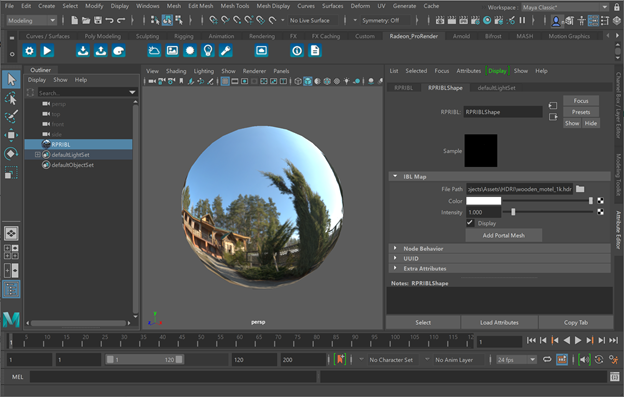
Texture
IBL applies a texture map to determine how light in the scene is reflected or refracted onto the model surfaces.
Environment textures are particularly useful in PBR, as they allow the artist to increase the realism of the scene and are cheap to render. For example, to fake soft reflections, you can use a blurred copy of your environment map without having to tweak the settings too much.
For IBL, it is recommended to use spherical (360 degrees) images in EXR or HDR format. However, AMD Radeon ProRender also supports LDR images, like JPG or BMP.
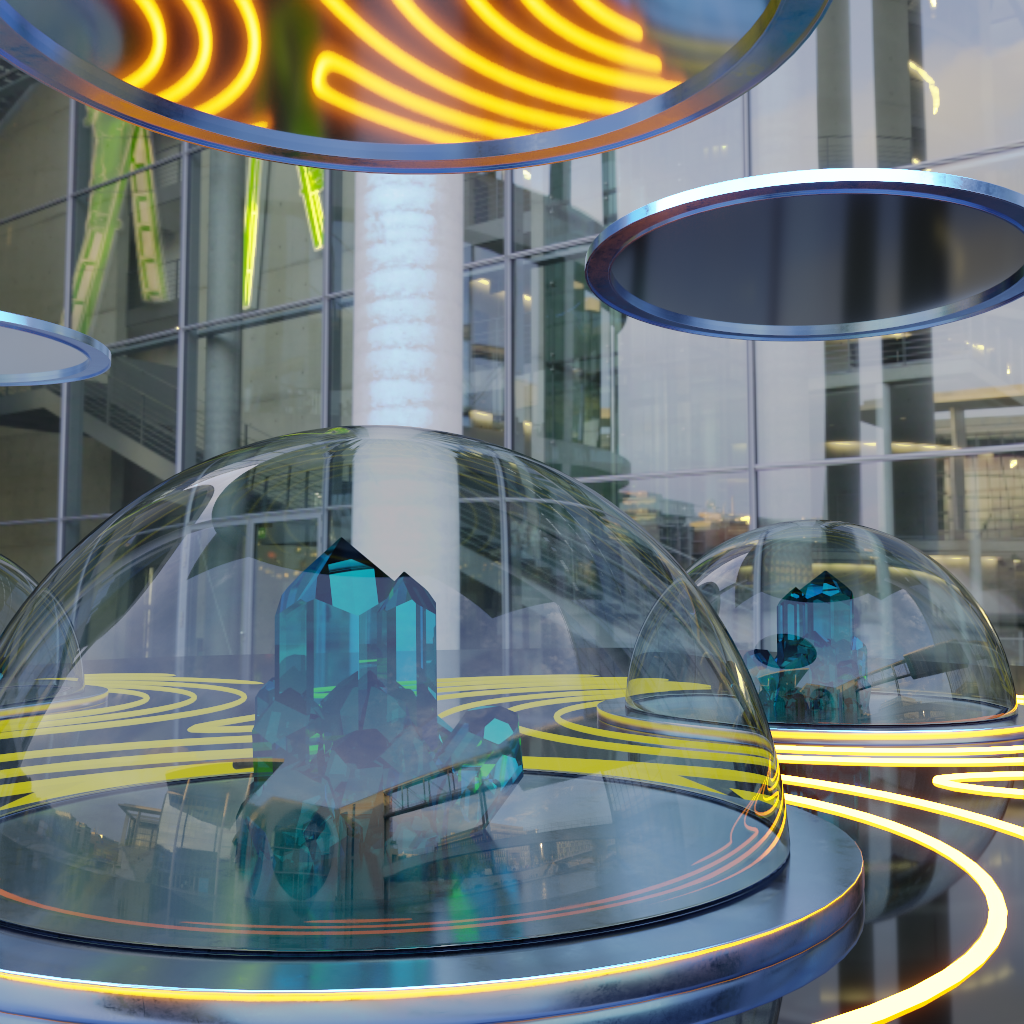
|
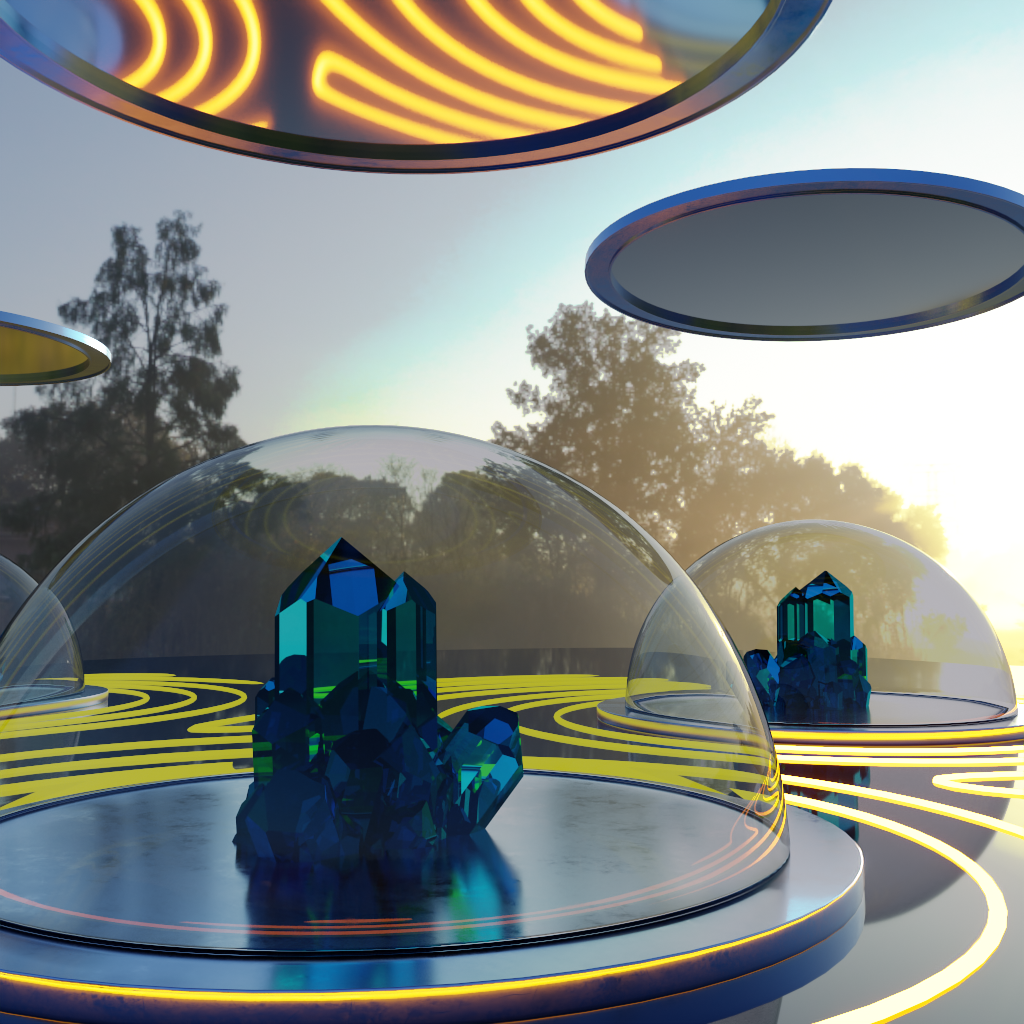
|
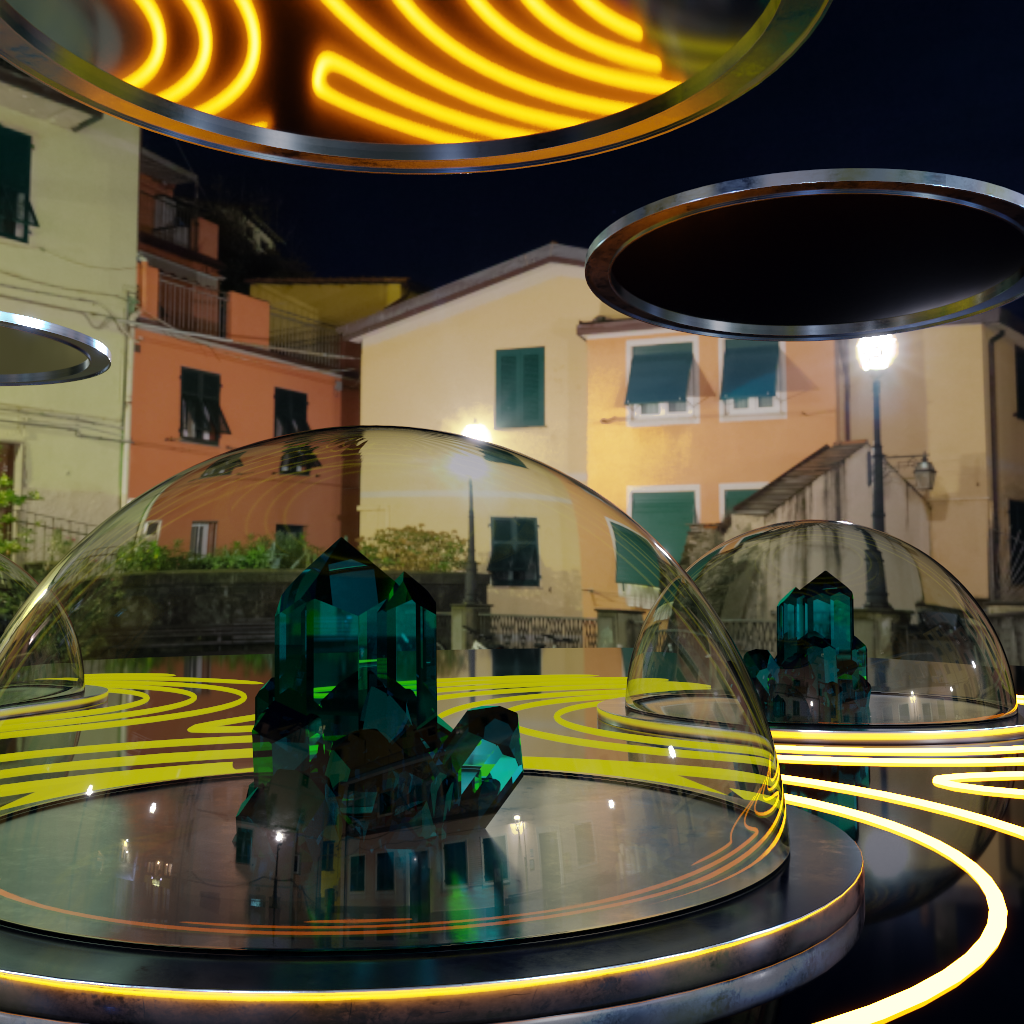
|
Intensity
The Intensity parameter specifies the amount of lighting emitted. This is a global multiplier that controls the overall brightness of illumination and affects the color, reflections and shadows in the scene.
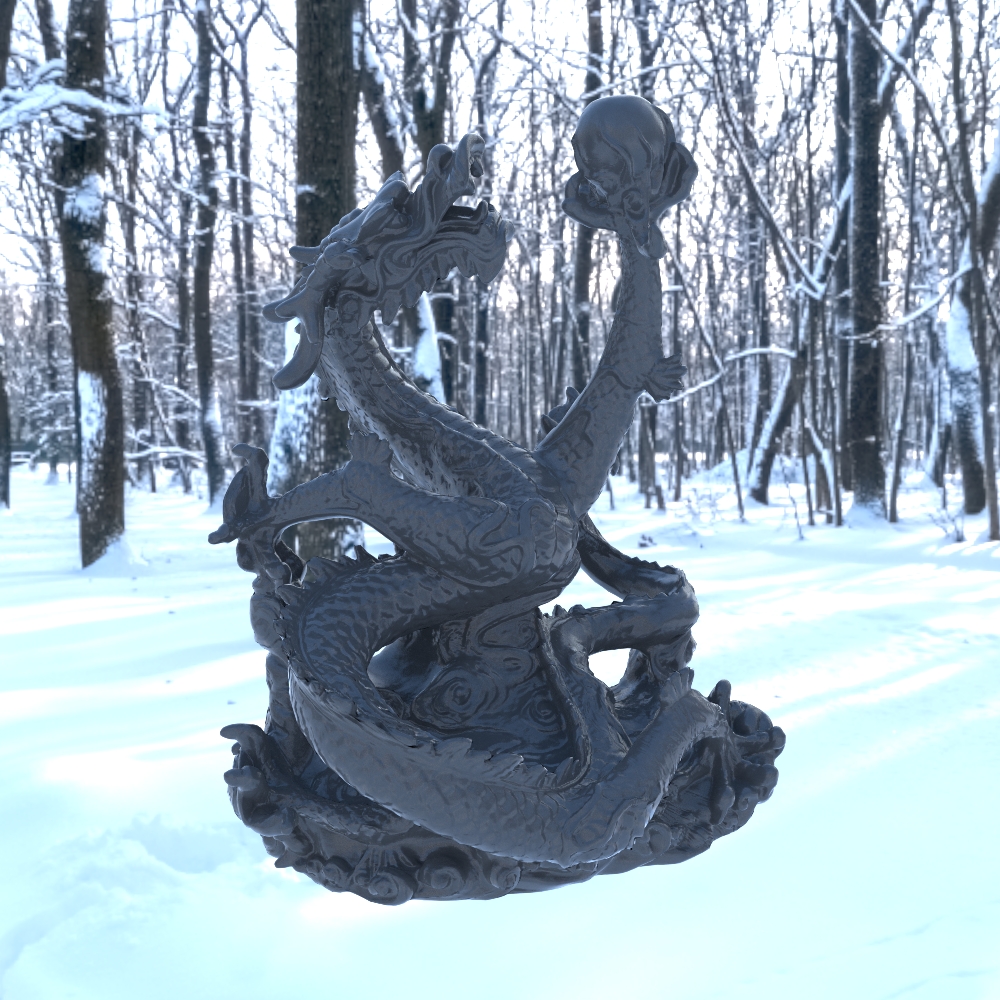
Intensity: 1 |
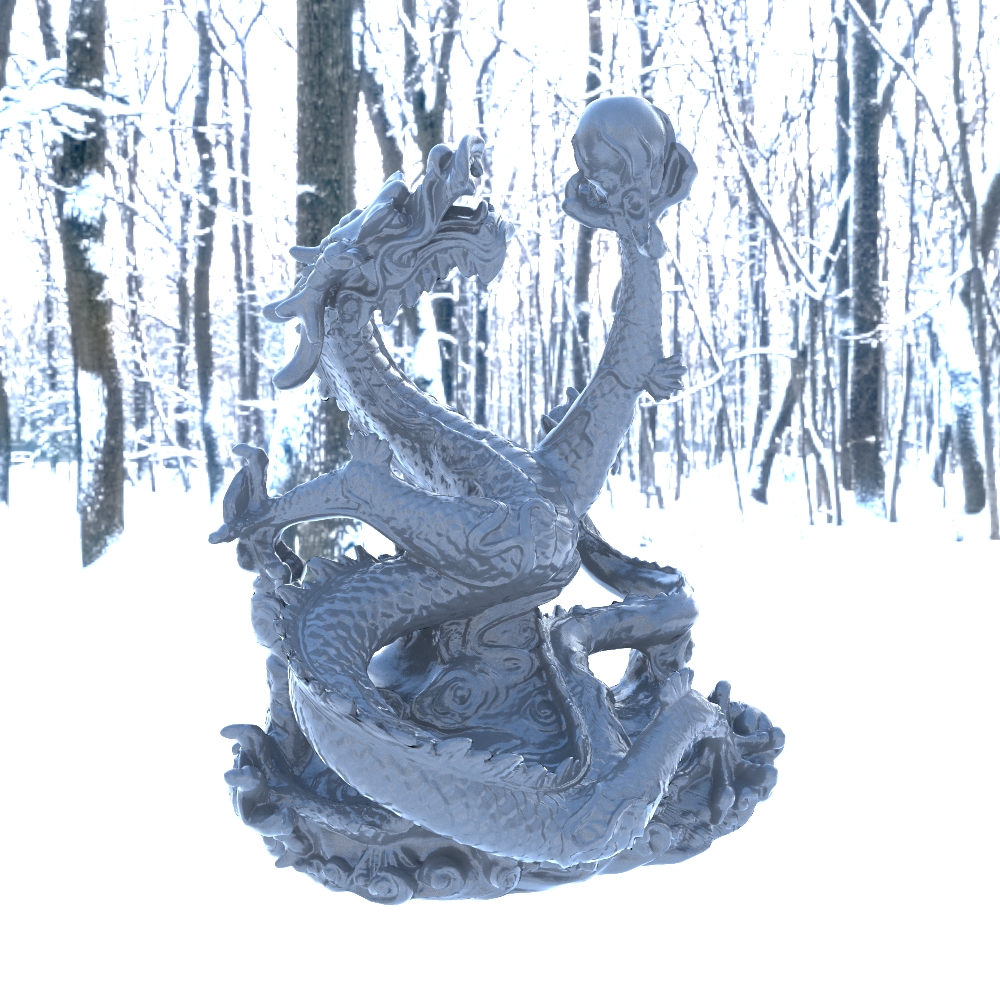
Intensity: 3 |
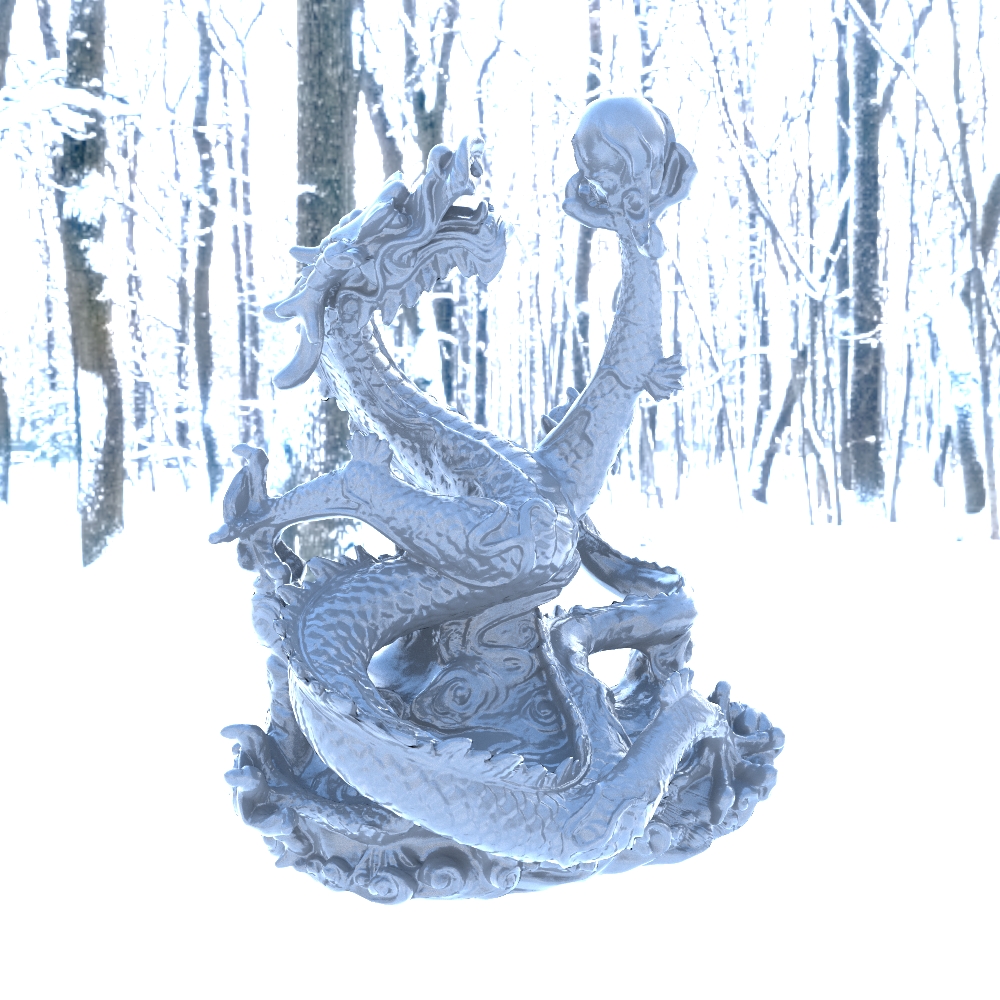
Intensity: 5 |
Color
By default, AMD Radeon ProRender uses white color as the environment background and emitted light —for completely neutral GI lighting. You can pick an arbitrary color and then adjust the illumination brightness using the Intensity parameter. Note that lighter colors illuminate the scene brighter than darker ones.
Display
The Display parameter controls the visibility of the backplate image. Note that removing the background does not affect the lighting and reflections in the scene.

Display: on |
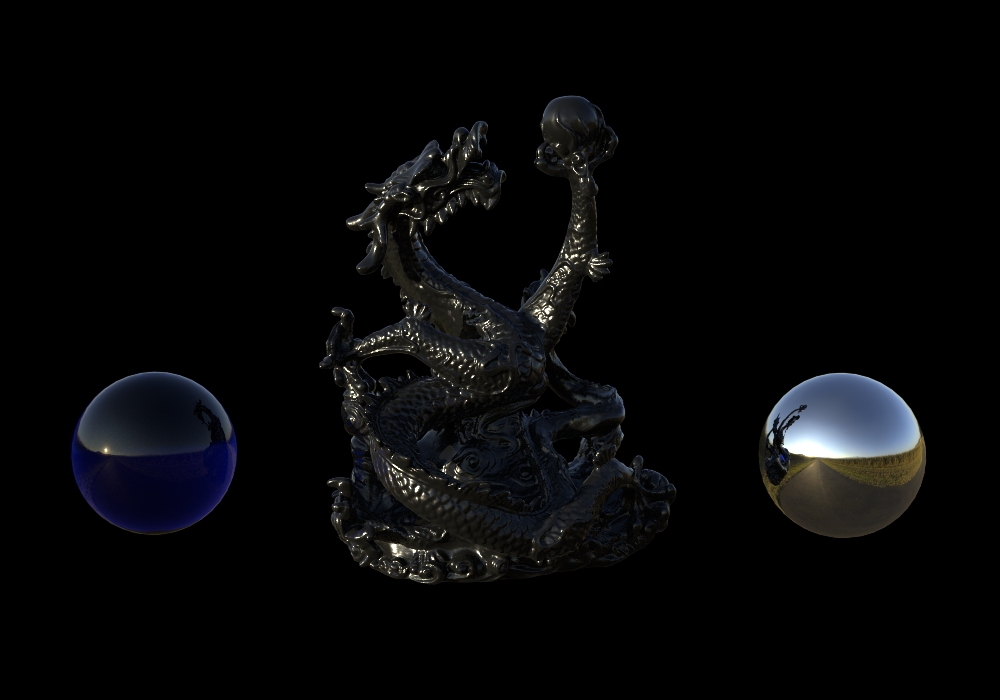
Display: off |
Add Portal Mesh
The Add Portal Mesh parameter defines a mesh acting as a portal in the scene. For details, see the Portal Light section in the documentation.
Moving, Rotating and Scaling IBL
Because IBLs are infinitely sized, you cannot logically move or scale them. However, they can be rotated like any other light.
To transform the IBL sphere, select the RPRIBL node in the Outliner, and use either the Maya Tool Box on the left, or switch to the RPRIBL tab in the Attribute Editor to specify the necessary transformation settings there.
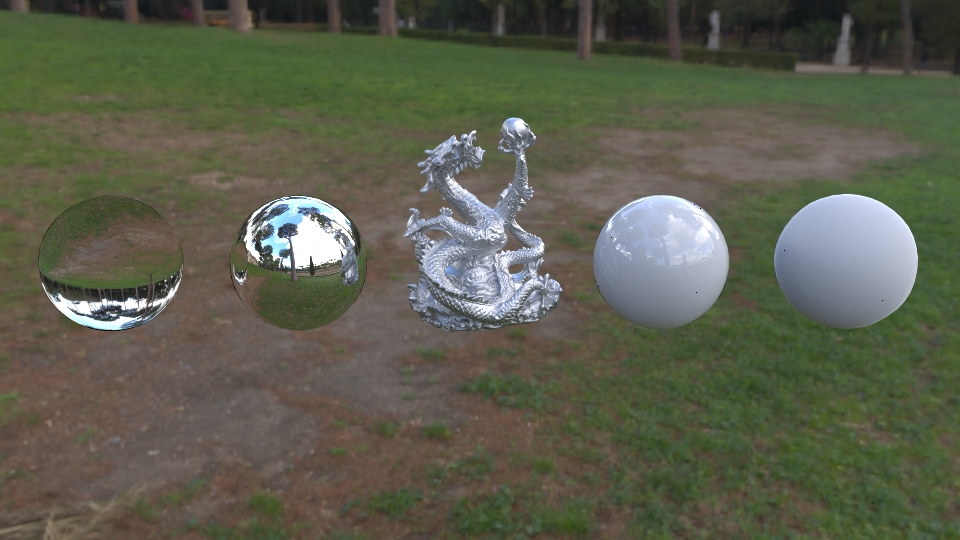
Rotation XYZ: 0 0 0 |
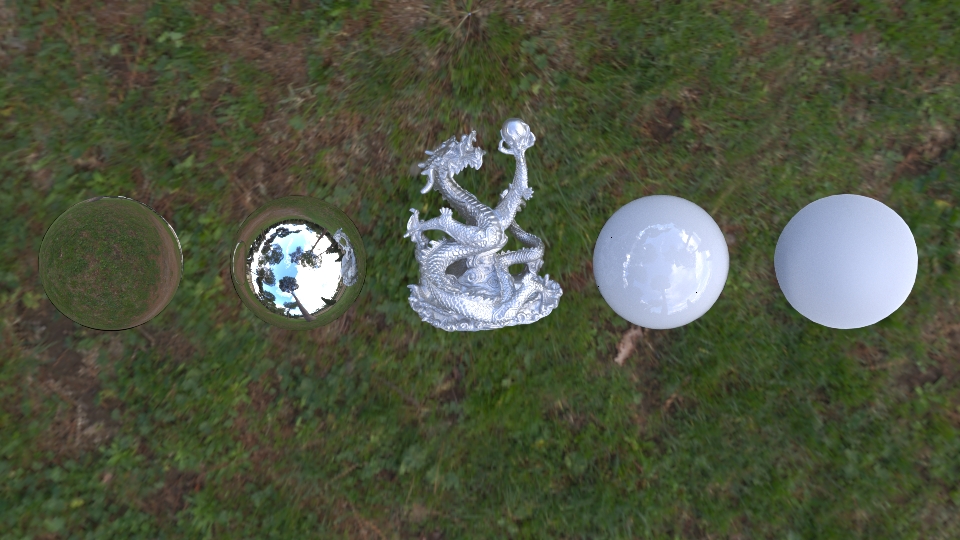
Rotation XYZ: 0 0 270 |